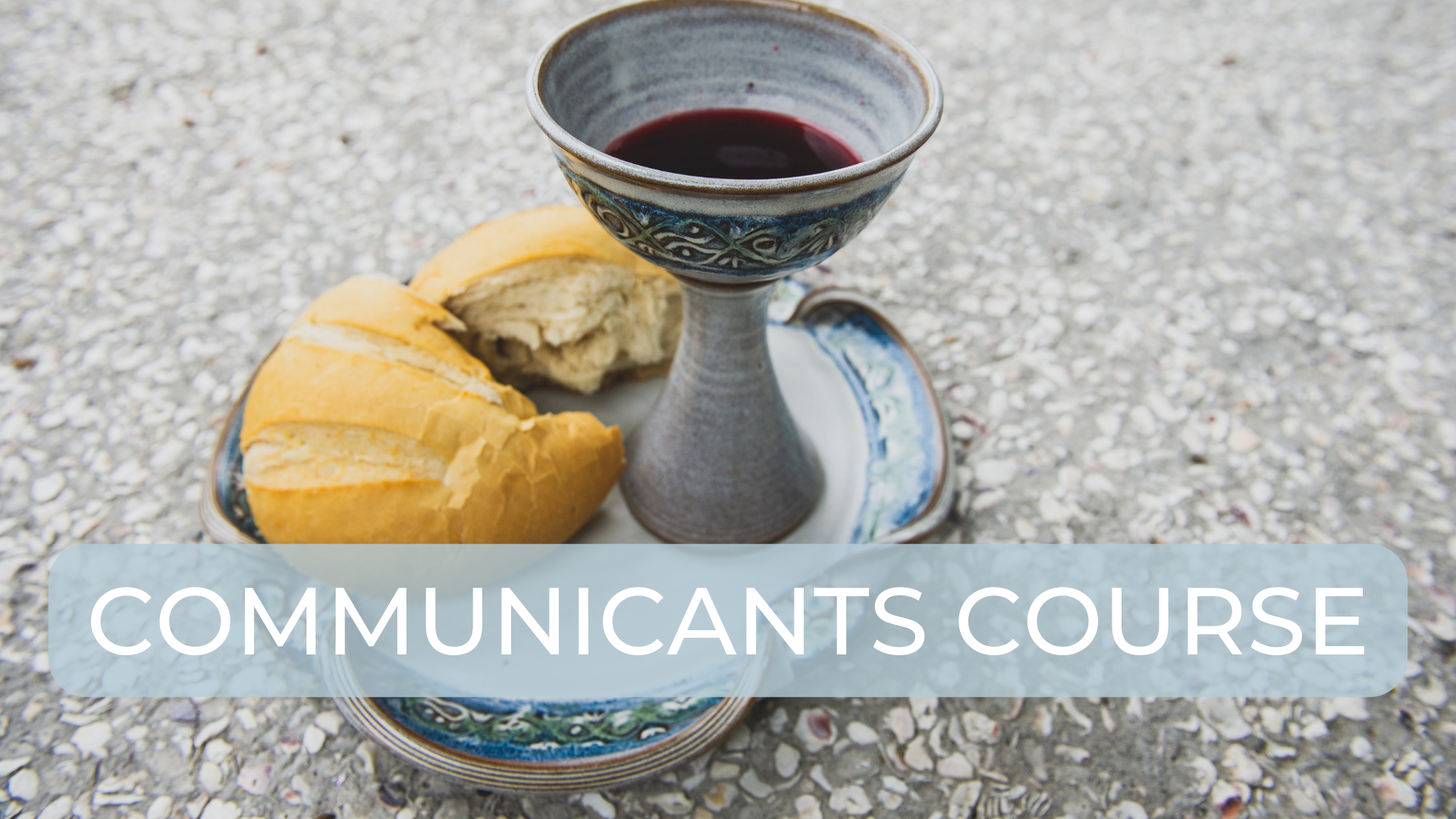Communion for Children and Students
Admission to the Lord’s Supper and Church Membership
“These commandments that I give you today are to be upon your hearts. Impress them on your children. Talk about them when you sit at home and when you walk along the road, when you lie down and when you get up.”
Deuteronomy 6:6-7
CHILDREN’S COMMUNICANTS COURSE
If you are interested in our Children’s Communicants Course, please read below to learn more about communion at HHPC and the five steps for children to be admitted to the Lord’s Table. If you would like to move forward with our Children’s Communicant’s Course, please click below to request your manual and our pastoral staff will contact you with more details.
At HHPC we hold several Biblical principles that shape our understanding and practice of the Lord’s Supper. These can be summarized as the principles of Re-Institution, Regeneration, Remembrance, Reflection, and Re-Telling:
Re-Institution – God’s relationship with His people is called a covenant. In the Old Testament God gave His people acts to perform to serve as reminders of His work of grace. In the Old Testament circumcision and the Passover are known as the signs of God’s covenant of grace. With the coming of Christ the King and the inauguration of His Kingdom, Jesus has re-instituted the sacraments of the covenant of grace, replacing them with baptism and the Lord’s Supper. We rightly emphasize the continuity of the sacraments of the covenant of grace, but in light of the advance in redemptive history, we also recognize that there are also discontinuities.
Regeneration – Jesus said that a person is not able to see the Kingdom of God unless he/she is “born again” or “born from above” (John 3:3). Therefore, a person is not brought into the Kingdom by physical birth or even a sacrament (Romans 2:28). We recognize that a person may be chosen from before the foundation of the world (Ephesians 1:4), but not justified (brought into a relationship with God) until she/he repents and believes the gospel as the Holy Spirit applies salvation in space and time.
Remembrance – Jesus tells us to “do this [the Lord’s Supper] in remembrance of Me” (Luke 22:19). Paul reiterates this in his first letter to the Corinthians (11:24, 25). We are to recall what Jesus has done for us – historically, corporately, and personally.
Reflection – Paul told the Corinthians (1 Cor. 11:28) to examine themselves before coming to the Lord’s Table. Although this admonition is tied to a specific problem in the church at Corinth, this principle transcends the moment. In light of Paul’s similar admonition in II Corinthians 13:5, Christians are to reflect on their relationship to Christ and relationship to His body, the Church, before taking the Lord’s Supper.
Re-Telling – By participating in the Lord’s Supper we are proclaiming the Lord’s death until He comes (I Corinthians 11:26). We proclaim this in our partaking and then our proclamation as we follow Him.
Considering these principles, an over-arching theme emerges that governs our practice of the Lord’s Supper: RELATIONSHIPS. The first relationship is between the individual and God. The table is the Lord’s, and He restricts its admission to His children. But His Word also places additional relational boundaries around His table, even for His own. Once a person is in a right relationship with the Head of the Church, Jesus, it naturally follows that a person will align himself or herself with His Church. Finally, since the Church is made up of people, a person should examine himself or herself to make sure that, as much as is possible, there is no discord with others. As Matthew 5:23-24, “So if you are offering your gift at the altar and there remember that your brother has something against you, leave your gift there before the altar and go. First be reconciled to your brother, and then come and offer your gift.”, teaches us, relational reconciliation is of utmost importance.
These principles highlight the distinction between baptism and the Lord’s Supper as being the difference between a passive sacrament (baptism – an act done to you by another as you enter the covenant community) and an active sacrament (Lord’s Supper – a meal you engage in as a member of the covenant community). Since there are responsibilities associated with engaging in the Lord’s Supper, a child is not automatically served the Lord’s Supper upon a Profession of Faith. The child must also be capable of understanding and embracing the responsibilities that accompany communing membership.
HHPC is a church that is both confessional and connectional; therefore, our practices are representative of both our past community (as expressed in The Westminster Confession of Faith) and our present community (Presbyterian Church in America).
5 Steps for Children to be Admitted to the Table:
Step One – Sign up for the Children’s Communicants Course (click the button at the top of this page!) and receive a copy of the Children’s Communicants Manual
Step Two – Complete the Children’s Communicants Manual
Step Three – Meet with one of the Pastors or Elders to review the material and
Step Four – Be received by the Elders at a monthly Session meeting
Step Five – Publicly profess Christ during a worship gathering, take membership vows, and receive the Lord’s supper.
If you have questions or would like to learn more about communion and children’s admission to the Lord’s Supper, please contact Bill McCutchen.

